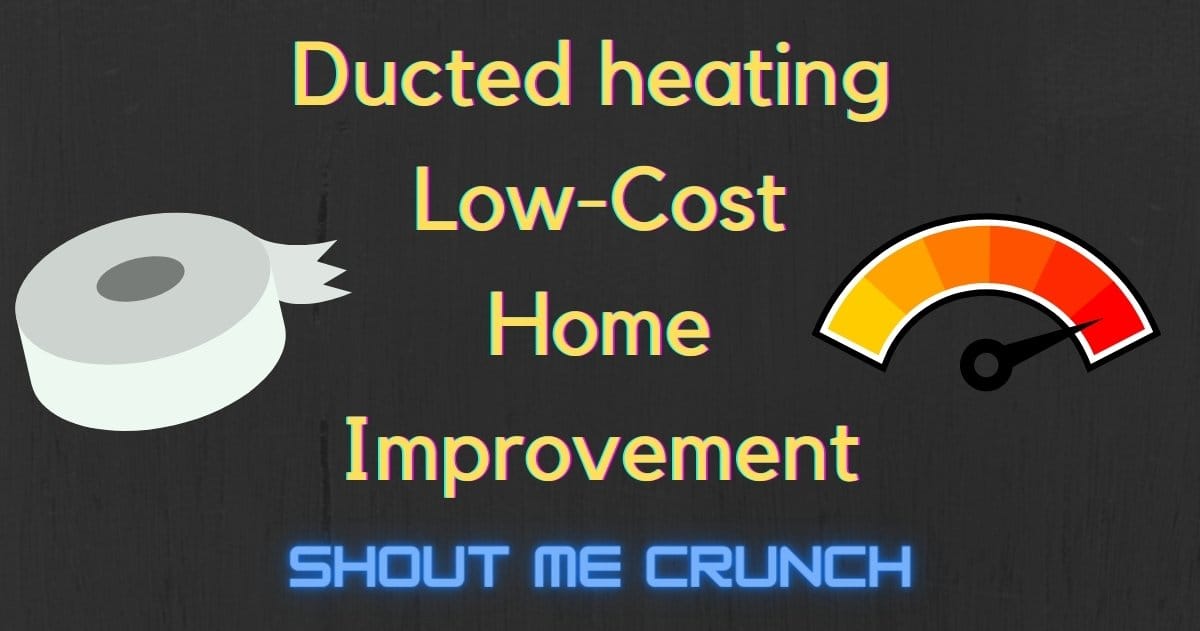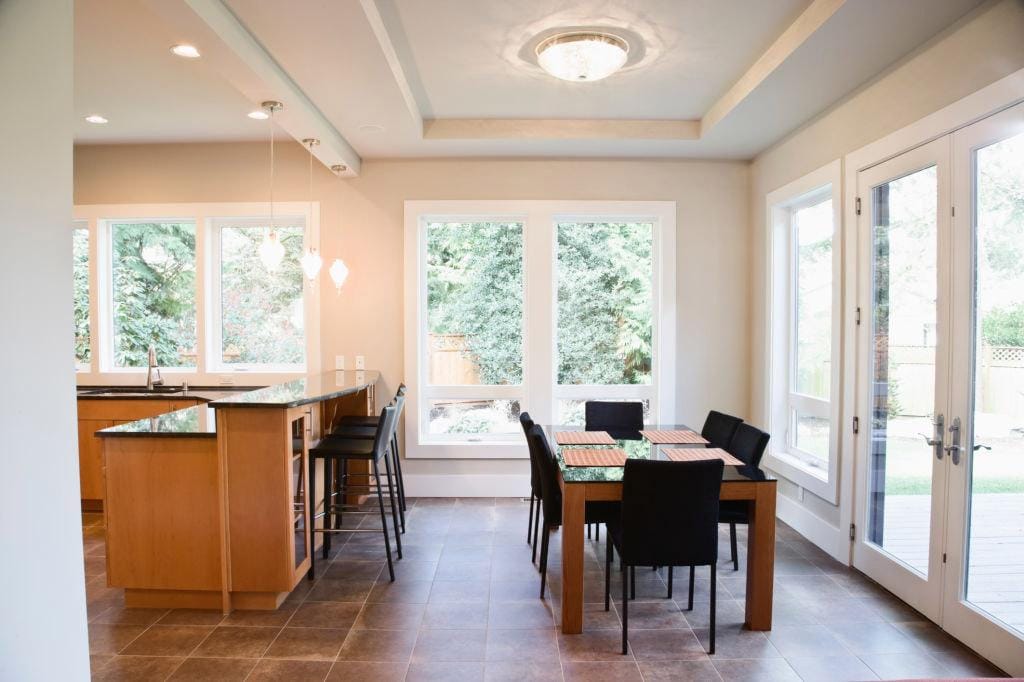Looking for a low-cost home improvement option? Consider installing ducted heating! Our team of experts can help you choose the best system for your home and budget and provide professional installation to ensure optimal performance. Upgrade your home’s comfort and efficiency with ducted heating today.
What is GDH (gas ducted heating)?
GDH (gas ducted heating) is a heating system that uses either natural gas or LPG. A GDH system comprises an external furnace that heats cool air by passing it through a heat exchanger before pumping it to other parts of the house via a duct and outlet system. Continue reading to learn more about the operation of ducted heating systems and gain a better overall understanding!
How Gas ducted heating works?
Gas ducted heating is a type of central heating system that heats the air inside a home or commercial building using natural gas or propane as a fuel source. A furnace or boiler burns gas to produce heat, and a series of ducts distribute the heated air throughout the building. The furnace or boiler is usually installed in a central location, such as a basement or utility room, and ducts are installed in the walls, ceilings, or floors to provide heat to all building areas.

Because they are relatively efficient and can provide consistent, dependable heat to a large area, gas-ducted heating systems are popular. They can also be easily controlled and regulated by a thermostat, allowing you to set the desired temperature while maintaining a comfortable indoor environment. However, they require a natural gas or propane supply and may not be appropriate for all locations.
Points to Consider When Using Ducted Heating
If you want to know why ducted heating is so efficient, keep reading to find out how these central systems maintain their efficiency. When it comes to discussing a new or replacement heating system for your home, ducted heating is the way to go.
Why gas ducted heating is efficient?
Ducted heating systems are considered efficient because they can distribute heat evenly throughout a building, ensuring that all areas are heated to the same temperature. This is especially useful in large buildings or homes with multiple rooms because it eliminates the need for multiple space heaters or individual heating units, which can be inefficient and expensive.
Another factor contributing to the efficiency of ducted heating systems is their ease of control and regulation. The thermostat on most ducted heating systems allows you to set the desired temperature and maintain a consistent indoor environment. When the desired temperature is reached, the thermostat can be programmed to turn the heating system off or down, thereby saving energy and lowering operating costs.
Furthermore, gas-ducted heating systems typically have a high-efficiency rating, which means they can convert a large portion of their energy into useful heat. This can help reduce energy costs and the overall environmental impact of the system.
Overall, the efficiency of a ducted heating system is determined by several factors, including the building’s size and layout, the system’s quality, and how it is used and maintained. A gas-ducted heating system, on the other hand, can be a cost-effective and energy-efficient way to heat a home or commercial building if properly installed and used.
The Essential Elements of a Ducted Heating System
Ducted heating systems, also known as central gas heaters, comprise several essential components that collect cold air, heat it, and push it through ducts into your home’s open spaces. To function properly, a ducted heating system must include a heating unit, insulated ducts, a thermostat, grilles, and register vents. Because it is a pass-through system, it cannot function without any part of the ducted heating system.
How do these parts work together to heat a room?
Natural gas or liquefied petroleum gas is used to power a gas heater. These units are typically installed outside of a home, but they can be installed beneath the flooring or other permanent fixtures when space is limited. When the unit is turned on, a fan draws in the fresh air, which is then passed through a heat exchanger and warmed by a process known as gas combustion.
After the heating exchanger has heated the cold air, it must be circulated throughout the house. The warmed air will be forced through a network of ducts connected to vents and registers in various rooms. A return air grille is installed to return air to the furnace so the process can be repeated. As a result, the weather outside has no bearing on how warm your spaces can become. The thermostat in the main living area will connect to the heater and command it to cycle on and off based on the temperature set.
Considerations for Ducted Heating Systems
The following are some significant advantages of switching to a ducted heating system:
Total Home Comfort
Ducted systems can be installed in new homes or retrofitted into existing ones. They only have an indoor unit (in the ceiling) or an outdoor unit (outside or beneath the floor) and flexible ducting. Once installed, you can customize the perfect level of comfort for your entire home from a single control panel, providing comfort and warmth wherever needed.
Efficiency
With most gas ducted heating manufacturers producing highly efficient 4, 5, 6, and now even 7-star heaters, the cost of running a ducted heating system has decreased significantly while maintaining heat output.
Even air delivery
Once heated, the air is pushed through ducts and into the home through a series of vents in the ceiling or floor. This ensures that warm air is distributed evenly throughout the home, eliminating cold spots.
Easy Management
Ducted heating systems are controlled by a central control panel, which can be located in one of your home’s main rooms. This means you can adjust your home’s temperature by pressing a button on the control panel.
Control panels can also be zoned, which allows you to easily specify which rooms you want to heat and which you don’t.
Aesthetic Pleasure
Ducted heating systems do not detract from the overall appearance of your home because only unobtrusive grilles mounted on the ceiling or floor are visible. Furthermore, ducted heating is one of the quietest heating options available.
Conclusion:
Consumers are looking for ways to improve the energy efficiency of their heating systems as energy costs rise. Many people will have to switch to ducted heating as an efficient heat source. While this is an excellent first step, there is much more you, as an installer, can do for them.

